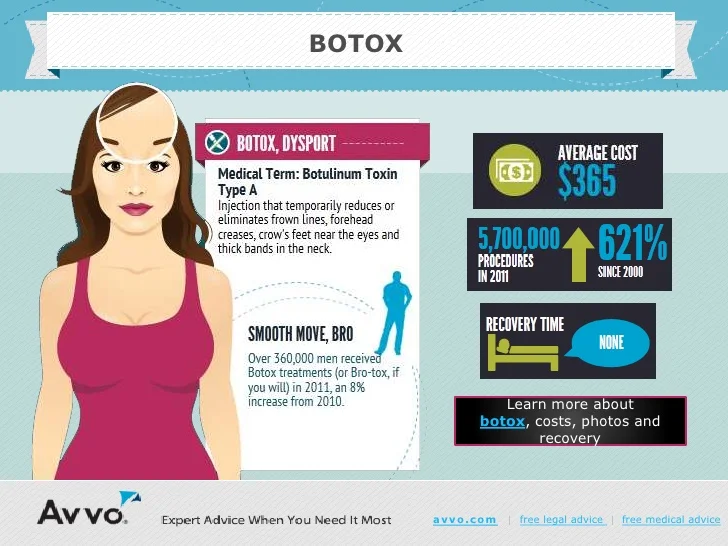Best Products For Blackhead Prevention
Best Products For Blackhead Prevention
Blog Article
Reasons for Acne on Cheeks
Acne breakouts in the cheek location are set off by many points, from touching your face often to not changing your pillow case commonly enough. Picking at imperfections boosts your risk of infection and scarring, and particular medications can intensify dark places (postinflammatory hyperpigmentation).
Thankfully, there are lots of methods to avoid and treat cheek acne. These include:
1. Hormonal Modifications
Acne is mostly triggered by hormones, especially those produced during puberty and pregnancy. For some, a family history of acne may additionally add to their problem. Anything that obstructs pores, such as oil-based skin treatment products or waxy hair products, can trigger acne. Various topical treatments, like benzoyl peroxide and salicylic acid, can fight microorganisms and unclog pores. Those with extreme or persistent acne must look for treatment from their physician.
Avoid touching or squeezing your acne, as this can press several of the microorganisms deeper right into the skin, causing a much more severe breakout. It is also vital to transform pillow cases on a regular basis and utilize clean makeup brushes. You should also attempt to stay clear of toxic irritants such as friction from wearing a helmet or limited collar.
2. Diet regimen
The greasy, sugary foods that many people assume trigger acne might really refrain from doing so. In fact, researches have actually revealed that eating a diet abundant in entire, nutrient-dense foods assists to prevent outbreaks.
Foods high in the glycemic index (such as white bread, corn flakes, blew rice and potatoes, doughnuts and other pastries) elevate blood sugar level levels quickly, and this can increase hormonal agents that improve oil production and lead to acne.
Consuming alcohol cow's milk has actually likewise been linked to raised acne outbreaks. If you are a regular cow's milk drinker, you could wish to try changing to low-fat or nondairy options that are fortified with calcium. On top of that, consuming alcohol more water can help to lower acne since it helps to maintain the skin hydrated.
3. Excess Oil
While oil is necessary for healthy skin, it can become a trouble when excessive sebum mixes with dead skin cells and obstructs pores. This combination can create blackheads, whiteheads and acnes. The blocked pore wall can break down and spill germs, dead skin cells and sebum into bordering skin. This leads to a red bump known as an acne. Often these red bumps have pus in the center from a microbial infection. Larger contaminated bumps that appear like acne are called cysts.
There are many points that can cause excess sebum and clogged up pores, including hormonal agent changes, diet regimen and everyday habits. Some instances include touching the face regularly, resting your hand on your cheek, making use of dirty make-up brushes and not changing pillow cases routinely.
4. Stress and anxiety
If you're taking care of throbbing acnes or a slew of blackheads and whiteheads, it might be time to talk to a skin doctor. They can recommend a reliable treatment that matches your skin type. Exercising relaxation and stress-reduction methods also aids.
Acne can occur in the cheeks as a result of friction and stress, such as when a person touches their face often or wears a hat or sporting activities helmet that rubs versus the skin. It can also show up where oily cosmetics and lotions massage against the skin.
Stay clear of squeezing acne, as this can press infected material deeper right into the skin and result in scarring. Rather, see a doctor to learn more about preventative treatments like drug, skin care products and way of living modifications. Consuming a healthy diet plan of whole foods, getting seven to nine hours of sleep and utilizing noncomedogenic makeup and skincare products can all help reduce acne breakouts.
5. Hair Products
Hair products are not generally thought of as a reason for breakouts, but they can contribute to acne on the cheeks in some people. Pomade acne, which is identified by small shut comedones and papulopustules, is generally triggered by making use of oily hair products that contain comedogenic active ingredients such as certain oils and acetylated lanolin.
Selecting hair items that don't include these possibly comedogenic active ingredients is an essential action towards minimizing outbreaks. Additionally, ensuring that hair products aren't can be found in contact with the skin can help avoid outbreaks. As an example, wearing a headscarf or hood at night can limit hair-to-face get in touch with and lower the possibility that leave-in hair items will certainly rub off onto the face.
Along with making use of a non-comedogenic moisturizer and washing with an acne botox injections face clean, various other valuable approaches include: